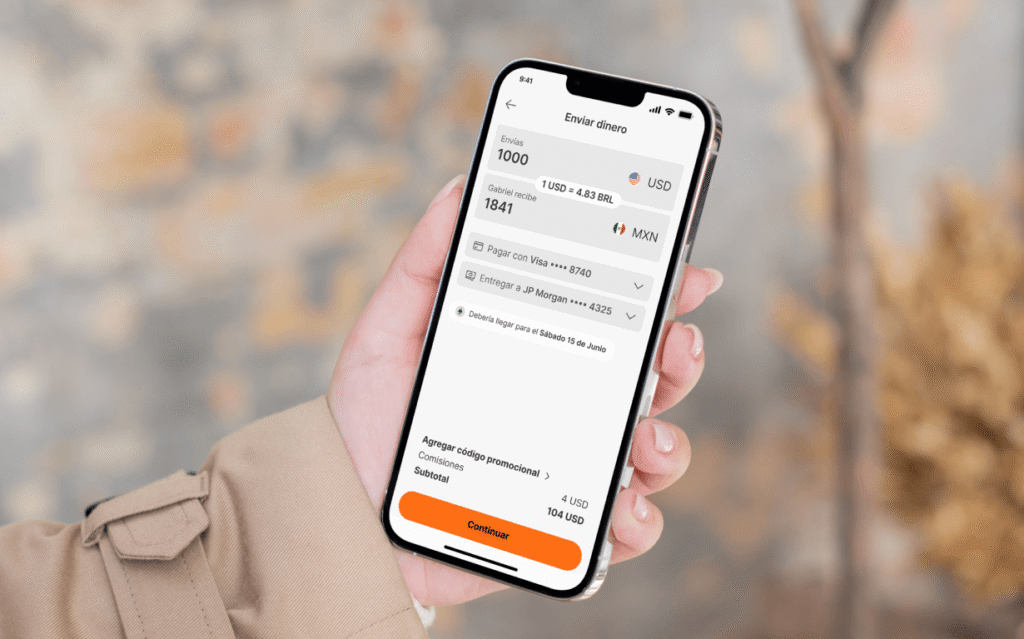New study reveals a digital gap in US money transfers


For millions of Americans, sending money internationally is about long-standing migration ties and family support. Although global remittances are not new, a recent study by Ria Money Transfer has uncovered some interesting insights, showing what’s really happening when dollars move across borders.
What people are searching vs. where the money goes
When Americans are looking to send funds abroad, three countries clearly dominate their online search patterns: Mexico, India and the Philippines. According to the study, the Google search interest for them has been growing rapidly over the past 20 years, cropping up far above the other destinations.
Yet, the study also shows that digital interest alone doesn’t tell the full story. While Mexico and India dominate both Google searches and real transactions, many of the top destinations in this data show significant disparity. For instance, the Philippines is the 3rd most searched country for remittance, but only 11th on the list of actual transactions made from the US to the Philippines. In other words, a growing number of people are looking up “how to send money to X”, but the real transactions do not represent the same countries. This difference between online intent and real-world remittance patterns is what the study refers to as the “digital gap”.
Top destinations and peak sending periods
Amongst the top 10 countries receiving the largest amount of transfers from the US are El Salvador, Dominican Republic, Haiti, Peru, Guatemala, Honduras and Sierra Leone. Interestingly, however, not one of those destinations are in the top 20 most searched. In contrast, Australia, Canada, Indonesia, United Kingdom and China appear in the most searched countries, but aren’t amongst the top 20 in the real transactions data.
The report has also found that transfer activity tends to peak at certain times of the year, in particular, religious or cultural celebrations. Mother’s Day and Eid al-Adha (the Festival of Sacrifice) are peak transfer periods, as families in America are looking to help cover preparations and maintain family traditions from afar.
Why does the digital gap matter?
For anyone involved in international money transfers, whether the senders, service providers or policy makers, this disconnect is important. It shows that digital intent is not a full view and the search traffic alone cannot be used as reliable data. Migrants often rely on word-of-mouth or trusted agents for their remittance needs, rather than purely online searches.
Therefore, just because a large number of people are looking to “send money to South Africa” online, it doesn’t mean South Africa captures a considerable portion of the transactions. In fact, South Africa doesn’t even make it to the top 20 countries when it comes to real transactions. If service providers or policy makers lean solely on search trends, their efforts would go to all the wrong places, failing to provide the support and services that the customers truly need.
Bridging intent and action
We live in a highly digital era, where we assume that what people search for online can be a good representation of what they do in real life. But, the study by Ria Money Transfer has challenged this assumption, showing that a huge mismatch exists between online intent and actual remittance flows in the US. Recognising this digital gap is key in making remittance available for those who need it the most.




